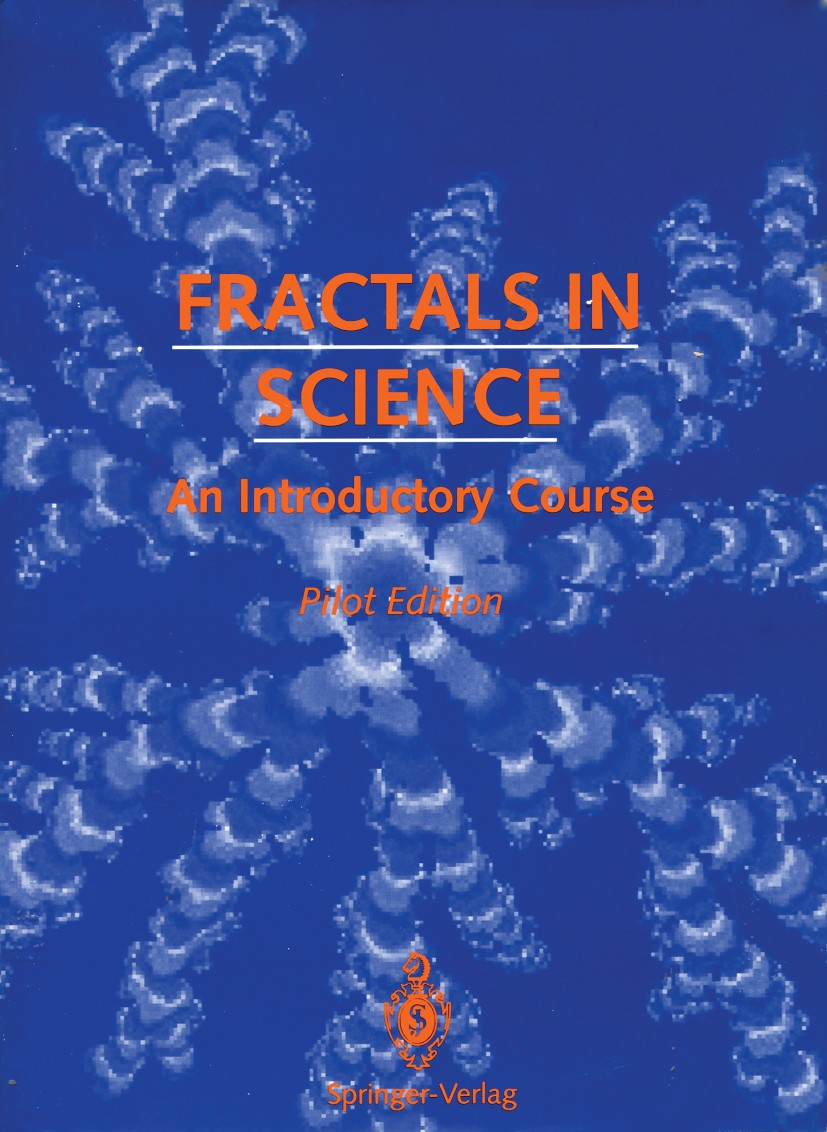| 书目名称 | Fractals in Science | | 副标题 | An Introductory Cour | | 编辑 | Pilot Edition | | 视频video | http://file.papertrans.cn/348/347374/347374.mp4 | | 图书封面 |  | | 描述 | Nature is full of spidery patterns: lightning bolts, coastlines, nerve cells, termite tunnels, bacteria cultures, root systems, forest fires, soil cracking, river deltas, galactic distributions, mountain ranges, tidal patterns, cloud shapes, sequencing of nucleotides in DNA, cauliflower, broccoli, lungs, kidneys, the scraggly nerve cells that carry signals to and from your brain, the branching arteries and veins that make up your circulatory system. These and other similar patterns in nature are called natural fractals or random fractals. This chapter contains activities that describe random fractals. There are two kinds of fractals: mathematical fractals and natural (or random) fractals. A mathematical fractal can be described by a mathematical formula. Given this formula, the resulting structure is always identically the same (though it may be colored in different ways). In contrast, natural fractals never repeat themselves; each one is unique, different from all others. This is because these processes are frequently equivalent to coin-flipping, plus a few simple rules. Nature is full of random fractals. In this book you will explore a few of the many random fractals in Nature. B | | 出版日期 | Textbook 1994 | | 关键词 | Pascal; Simple Object Access Protocol; biased random walk; computer; field; fractal; fractal dimension; log | | 版次 | 1 | | doi | https://doi.org/10.1007/978-1-4615-7012-7 | | isbn_softcover | 978-0-387-94361-9 | | isbn_ebook | 978-1-4615-7012-7 | | copyright | H. Eugene Stanley, Paul A. Trunfio, and Edwin F. Taylor 1994 |
The information of publication is updating

|
|
 |Archiver|手机版|小黑屋|
派博传思国际
( 京公网安备110108008328)
GMT+8, 2025-11-12 11:07
|Archiver|手机版|小黑屋|
派博传思国际
( 京公网安备110108008328)
GMT+8, 2025-11-12 11:07


